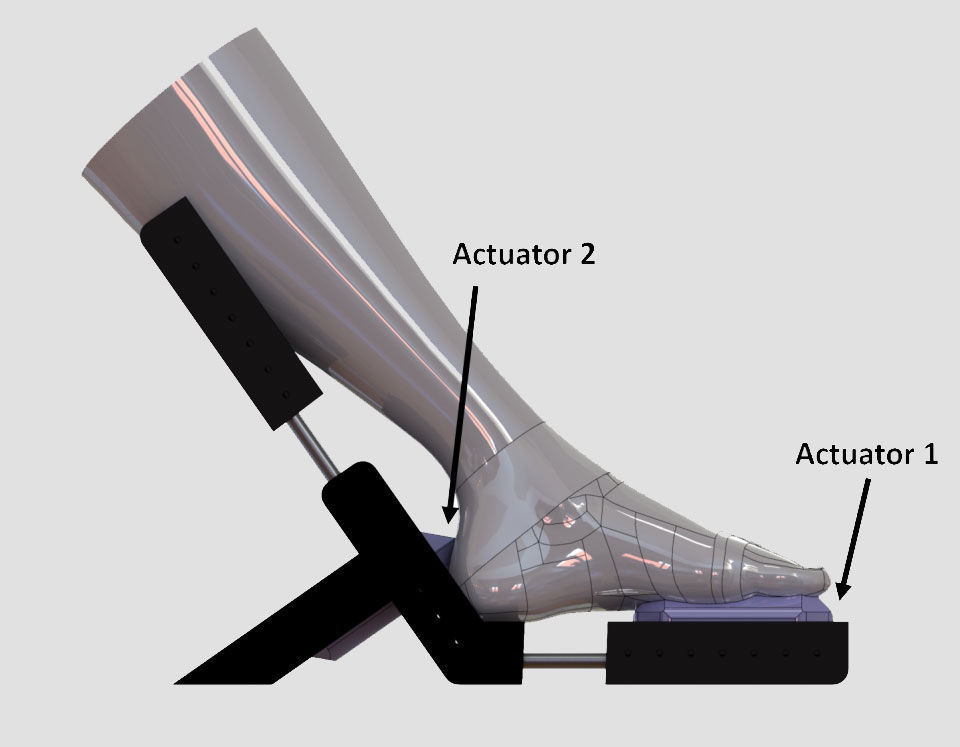In a new top 100 ranking released today, Arizona State University ranked No. 8 for U.S. utility patents issued to U.S. universities in 2022, demonstrating its dedication to propelling American technological advancement.
This marks the first time the National Academy of Inventors (NAI) released its top 100 list for U.S. universities using calendar-year data obtained from the U.S. Patent and Trademark Office. This list was created to highlight and celebrate American innovation and to showcase the universities that play a large role in advancing the innovation ecosystem within the U.S. and beyond.
ASU secured 160 U.S. utility patents in 2022, joining the University of California system, MIT, the University of Texas System, Purdue University, Stanford University, Harvard and Caltech in the top eight positions. ASU surpassed Johns Hopkins University and the University of Michigan in the top 10. In 2021, ASU secured 153 U.S. patents.
“ASU’s impressive No. 8 ranking underscores the innovative spirit of our faculty and their unwavering dedication to the pursuit of knowledge and discovery,” said Sally C. Morton, executive vice president of ASU’s Knowledge Enterprise. “We take pride in our role in advancing innovation and upholding the American tradition of invention. Transforming research into real-world solutions is what we are inspired and designed to do.”
The report is a dynamic list and counts patents with universities listed as an owner. NAI has published the Top 100 Worldwide Universities Granted U.S. Utility Patents list since 2013. For calendar year 2022, ASU ranked No. 11 among universities worldwide.
“As a U.S.-based national academy, it is important to us not only to showcase innovation happening on the broader world stage, but here at home as well. Invention has been part of the American experience since the country’s inception, with intellectual property being protected in the Constitution," said Jamie Renee, executive director of NAI. “Innovation has always been at the heart of U.S. culture and the top 100 U.S. universities list allows us to recognize and celebrate the commitment these universities have to the American tradition of invention and protection of IP.”
Skysong Innovations, ASU’s exclusive technology transfer and intellectual property management organization, helps translate research into impact by protecting intellectual property developed in ASU labs and negotiating licensing deals with commercial partners who advance the patented technologies and develop solutions for society.
“ASU’s patented technologies in 2022 span several industries, including the medical and semiconductor fields” said Kyle Siegal, executive director and chief patent counsel of Skysong Innovations. “This variety reinforces ASU’s commitment to create solutions to global problems and care for the communities it serves.
ASU has been ranked No. 1 in innovation by U.S. News and World Report for all eight years the category has existed. The university also ranks high with the Association of University Technology Managers for the number of inventions disclosed, patents secured, licensing deals closed, and startups launched.
In 2022, ASU secured a U.S. patent for a soft flexible wearable robotic device to treat plantar flexion contractures, which is a painful condition where the ankle remains flexed and the foot points downwards.
In 2022, ASU secured a U.S. patent for a flexible wearable robotic device to treat plantar flexion contractures. The patented reusable device reduces spasticity and stiffness and increases range of motion.
This condition is common among people who have suffered from traumatic brain injury, acquired brain injury or stroke. The patented reusable device reduces spasticity and stiffness and increases range of motion.
This patented technology was developed by a team of researchers in the Ira A. Fulton Schools of Engineering. The patent names inventors Benjamin Shuch, Chaitanya Kulkarni, Sudhanshu Katarey, Harshit Dangaich, Saivimal Sridar, Pham Nguyen and Thomas Sugar, associate dean of Barrett, The Honors College at the Polytechnic campus.
In 2022, ASU secured a U.S. patent for a technology that focuses on developing highly efficient power electronics using a novel semiconductor material called gallium nitride (GaN). GaN power electronics can be used in myriad applications, such as electric vehicles, chargers and household appliances. GaN can reduce power consumption and dramatically improve the efficiency of electronic devices using electricity, with the benefits of increasing the range of electric vehicles, reducing electric bills and decreasing CO2 emissions, among others.
This patented technology was developed by a team of researchers in the School of Electrical, Computer and Energy Engineering. The patent names inventors Yuji Zhao, Chen Yang, Assistant Professor Houqiang Fu, Xuanqi Huang and Kai Fu.
Top photo of SkySong, the ASU Scottsdale Innovation Center, home to Skysong Innovations by Jarod Opperman/ASU
More Science and technology

ASU postdoctoral researcher leads initiative to support graduate student mental health
Olivia Davis had firsthand experience with anxiety and OCD before she entered grad school. Then, during the pandemic and as a result of the growing pressures of the graduate school environment, she…

ASU graduate student researching interplay between family dynamics, ADHD
The symptoms of attention deficit hyperactivity disorder (ADHD) — which include daydreaming, making careless mistakes or taking risks, having a hard time resisting temptation, difficulty getting…

Will this antibiotic work? ASU scientists develop rapid bacterial tests
Bacteria multiply at an astonishing rate, sometimes doubling in number in under four minutes. Imagine a doctor faced with a patient showing severe signs of infection. As they sift through test…

